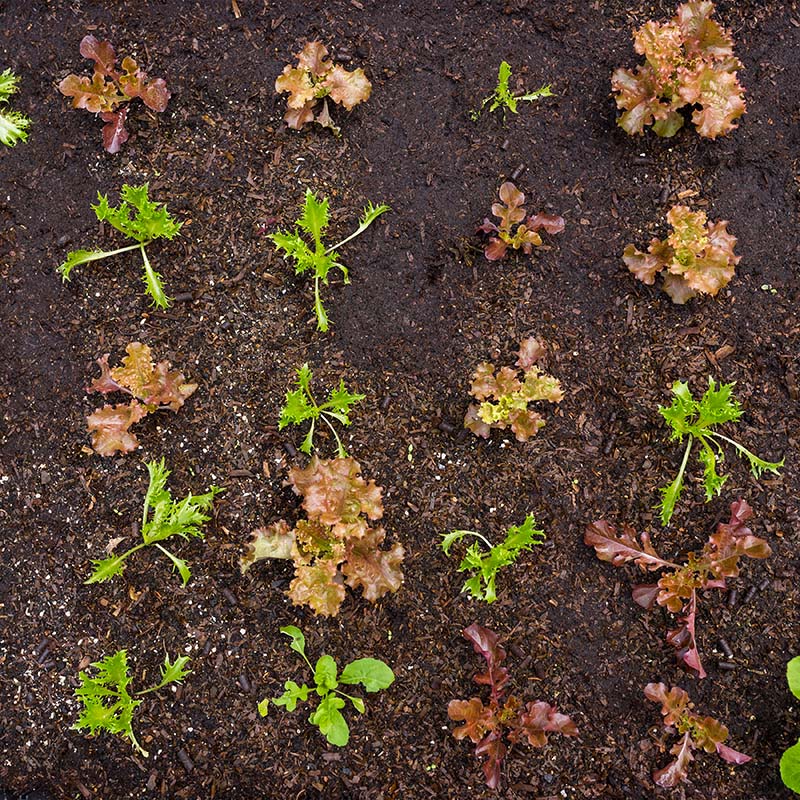
By: Vy N.
Year: 2022
School: Warner Middle
Grade: 8
Science Teacher: Travis Garwick
How does carbon dioxide affect the growth of different types of plants? To test this question, Vy grew plants, which were neon pothos, giant white inch plants, and succulents.
Vy built her prototype which needed to trap the plants and CO2 in a box, with tubes through it to water the plants and let CO2 inside. Every day, she created a new batch of CO2 using baking soda and vinegar and collected data into a notebook. Vy’s data graphs showed the fluctuation of carbon dioxide inside the control and experimental groups. The graph for the control group had lower levels of CO2, whereas the graph for the experimental group had higher levels of carbon dioxide. Comparing the graphs and data from the table, the plants in the control group with regular levels of carbon dioxide were in better condition than the experimental group. However, with the excess CO2, the succulents from both groups looked similar. Two out of three of my plants reacted to the excess carbon dioxide in a negative way, as their leaves started wilting and browning.
“The Effect of Carbon Dioxide on Plant Growth was my project that tested the effects of CO2 on plant growth,” Vy says, “which led to my hypothesis that the more carbon dioxide there is, the slower the plants would grow because, even though they need carbon dioxide for photosynthesis, too much of one thing might not be good for them. My project included all areas of STEM.”
“The science part was the biology of plants, technology being the part when I set up and used the PocketLab Air sensors, creating my prototype as engineering, and the math part was analyzing data from the CO2 sensors onto a graph.”
Vy’s data graphs showed the amount of carbon dioxide in the atmosphere, measured in parts per million (ppm). Variables that could have influenced my results are where she put her plants, the number of bottles with extra CO2, and the amount of water the plants received.
Vy’s hypothesis was partially right because two of the experimental plants proved it, but the succulents disproved it. The neon pothos and giant white inch plant grow better in an environment with regular levels of carbon dioxide. However, the succulents remained neutral with the excess amounts of carbon dioxide.
Vy’s experimental quantitative data shows that at the end of the experiment, the neon pothos wilted ¼ of an inch, the giant white inch plant wilted by 1 3/16 inches, and the succulent grew 3/16 inches. At the end of the experiment for the control group, neon pothos #1 remained the same height, neon pothos #2 grew 3/16 inches, the giant white inch plant grew ⅛ of an inch, succulent #1 grew 7/16 inches, and succulent #2 grew by ¼ of an inch.
